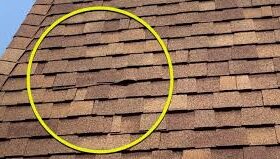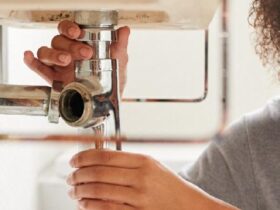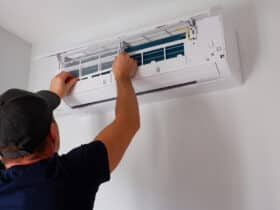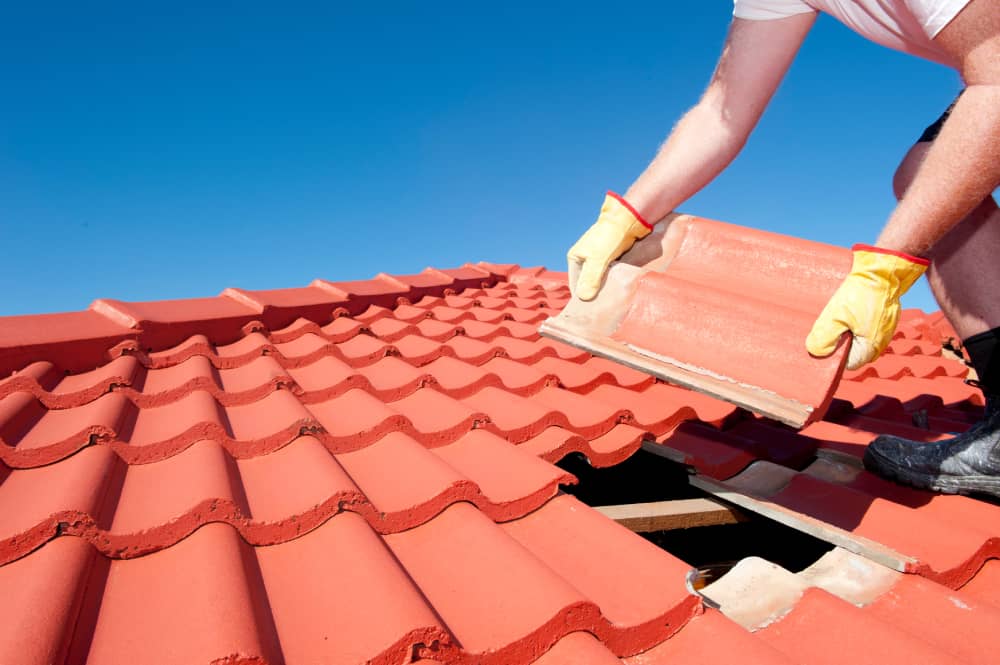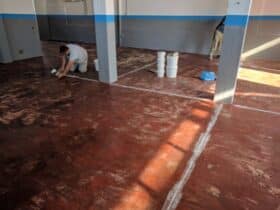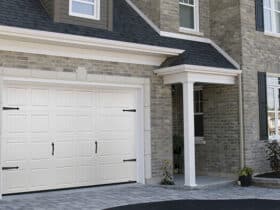A trenchless sewer lining method is a way to replace an old drain by inserting a pipe that is larger than the old one. For example, a three-inch drain can be replaced with a four-inch line. Another method is pipe bursting.
Cured-in-Place-Pipe Lining (CIPP)
The CIPP trenchless sewer pipelining method is an alternative to pipe coating. This method involves installing a unique liner in the pipe, usually made of polyester or fiberglass cloth and impregnated with resin. The liner is then forced into the pipeline and expanded by water or air pressure. CIPP liners are typically installed in sewers with a high percentage of grease and other organic matter, making them ideal for sewer rehabilitation. In addition, the CIPP process is much less disruptive than traditional pipe replacement and requires minimal digging. The CIPP method is beneficial for pipelines with many tight corners. In addition to being cost-effective, the CIPP method can repair cracked pipes without digging up the entire line. Moreover, because this technique is entirely trenchless, it allows for easy access and a smooth interior.
Slip lining
Slip lining is a trenchless sewer repair method that uses a plastic liner that fits over your existing sewer pipe. This method has several advantages. It can reduce the size of your line and eliminate the need for excavation, but it is not ideal if your cable has collapsed. Additionally, this method can be challenging to perform if your pipes are located inside homes or under sidewalks. There are two basic methods for trenchless sewer repair. The first method involves threading a smaller pipe through the old line. The second method uses a combination of small bars. Using a digital camera, your plumber can determine which way is suitable for your pipes. The slip liner is then grouted into place, providing strength and ensuring that it does not move. However, slip liners can break if they are not correctly installed. Another trenchless sewer repair method is pipe bursting. Pipe bursting involves opening up a section of sewer pipe and replacing it with a new one. When performed by a professional, pipe bursting is a safer, more eco-friendly method. It doesn’t involve the use of toxic chemicals. In addition, pipe bursting does not require excavation, which can be a good option for severely damaged pipes.
Pipe coating
A trenchless sewer line can repair a sewer line without digging it up. This relining has many benefits, including saving up to 30% on costs and having a durable lining. In addition, a relined system can last for half a century or more. This method is accepted by governing bodies and is famous for sewer rehabilitation. Pipe coating involves lining a pipe with a layer of epoxy resin. This coating will fill in any cracks or gaps in the tube and prevent future deterioration. This process is also considered a trenchless method because it does not affect the surroundings. Pipe coating is also a practical option for small cracks and is helpful for sectional repairs. However, it cannot be used on significant gaps and requires ample time.
Pipe bursting
Pipe bursting is a trenchless sewer liner method that involves replacing old, buried pipelines with new, larger ones. This method can be used for water, sewer, or natural gas lines. Upsizing the pipes allows for increased carrying capacity. Upsizing has proven effective in both the water and gas industries. This method can be used for sewer lines up to 60 inches in diameter. It is an excellent way to resolve clogs and doesn’t require digging up your lawn or garden. It also has the benefit of being quick, as the pipe can be used immediately after the process. This method is not for everyone, however. A professional service company is necessary. The technique can be expensive and requires significant time and money. If you’re unsure whether pipe bursting is the right option for your sewer line, it’s best to consult a professional first.


